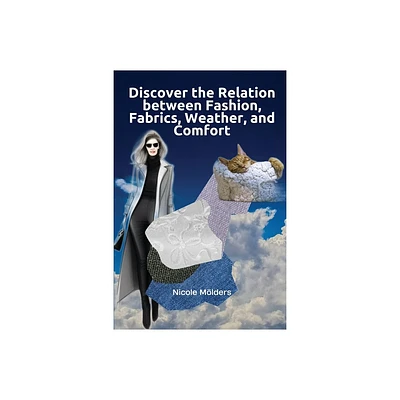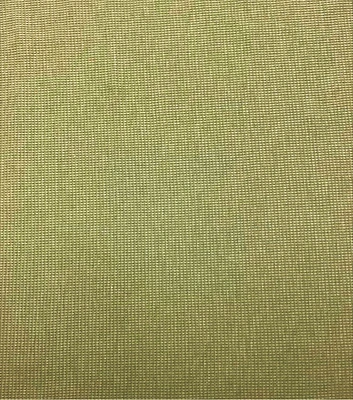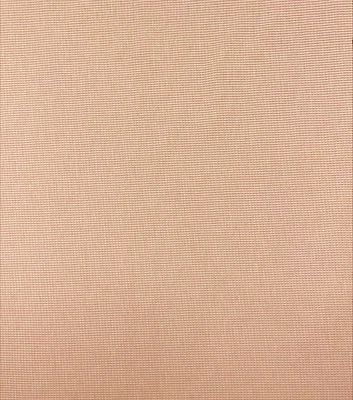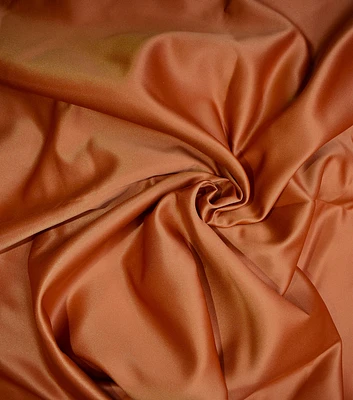Home
Discover the Relation Between Fashion, Fabrics, Weather, and Comfort
Loading Inventory...
Barnes and Noble
Discover the Relation Between Fashion, Fabrics, Weather, and Comfort
Current price: $17.99


Barnes and Noble
Discover the Relation Between Fashion, Fabrics, Weather, and Comfort
Current price: $17.99
Loading Inventory...
Size: OS
*Product Information may vary - to confirm product availability, pricing, and additional information please contact Barnes and Noble
Nicole Mölders is an Emerita professor of atmospheric sciences, scholar, and fashion blogger. She lives with her husband and two cats in College, Alaska.
In this book, she combined her interests in science and fashion. In an entertaining way, she wipes out myths about dressing for the weather, clothing behavior, and the properties of natural, regenerated, and synthetic fibers. The author covers the physical reasons why we have to dress in an-easy-to-understand way for laymen. In the book, she explains how the various weather elements can cause thermal discomfort, health issues and even death. After presenting the typical weather of Earth's climate regions, she reveals what is best to wear in these regions. She uses color diagrams and figures as well as many -easy-to-relate to examples from everyday experiences to illustrate the relationships and concepts for everyone interested in fashion, and comfortable wear. Finally, she points out the needs for future developments, and research directions for the next generation of engineers in the clothing industry.
In this book, she combined her interests in science and fashion. In an entertaining way, she wipes out myths about dressing for the weather, clothing behavior, and the properties of natural, regenerated, and synthetic fibers. The author covers the physical reasons why we have to dress in an-easy-to-understand way for laymen. In the book, she explains how the various weather elements can cause thermal discomfort, health issues and even death. After presenting the typical weather of Earth's climate regions, she reveals what is best to wear in these regions. She uses color diagrams and figures as well as many -easy-to-relate to examples from everyday experiences to illustrate the relationships and concepts for everyone interested in fashion, and comfortable wear. Finally, she points out the needs for future developments, and research directions for the next generation of engineers in the clothing industry.


















